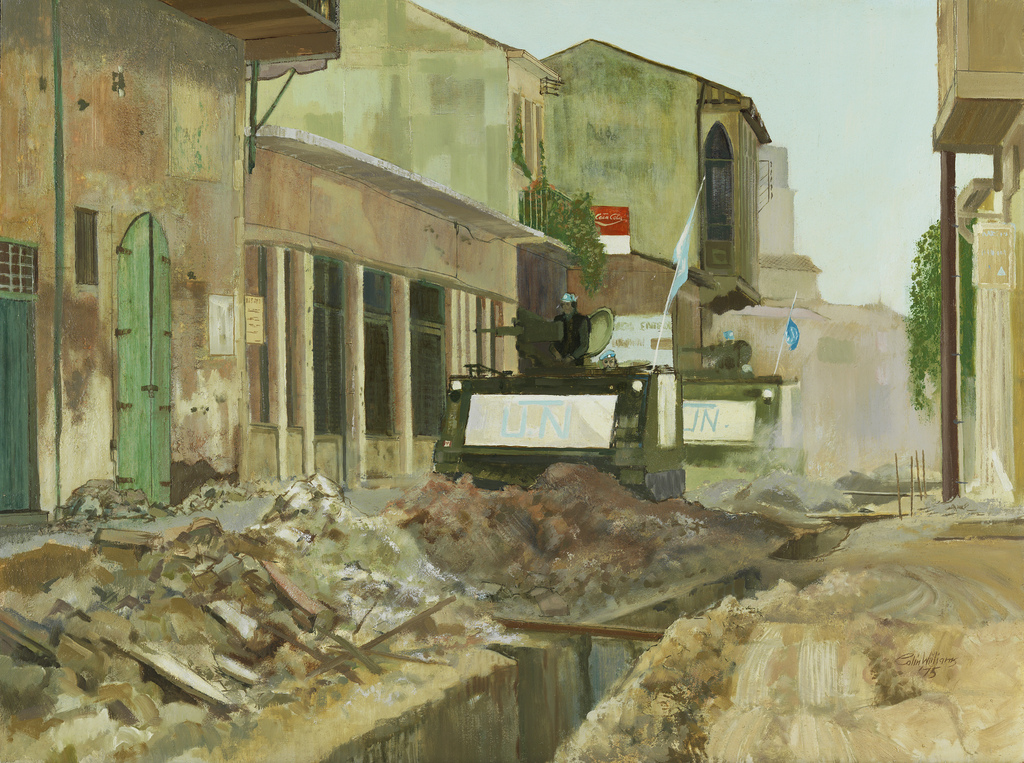Ed Bartram: The Eye Within
The Georgian Bay area has served as a rich source of creative inspiration for Canadian artists. From J.E.H. MacDonald’s etched images of Georgian Bay to Ed Bartram’s recent print works, Georgian Bay’s iconic beauty continues to be immortalized through extraordinary works of art. Like MacDonald, contemporary artist Ed Bartram spends his summers in the Georgian Bay area.

















